Dibenzyl azodicarboxylate
- CAS NO.:2449-05-0
- Empirical Formula: C16H14N2O4
- Molecular Weight: 298.29
- MDL number: MFCD00016737
- EINECS: 219-508-0
- SAFETY DATA SHEET (SDS)
- Update Date: 2024-12-18 13:37:16

What is Dibenzyl azodicarboxylate?
Chemical properties
yellow to orange crystalline powder
The Uses of Dibenzyl azodicarboxylate
Dibenzyl azodicarboxylate is a reagent used in the synthesis of Minocycline-d6 (M344797). Minocycline-d6 is a labeled second generation tetracycline antibiotic. Antibacterial.
The Uses of Dibenzyl azodicarboxylate
Dibenzyl azodicarboxylate was used as electrophilic reagent in the synthesis of C-glycosyl α-amino acids via proline-catalyzed α-amination of C-glycosylalkyl aldehydes. It was used in enantioselective synthesis of optically active pyrazolidine derivatives.
General Description
Dibenzyl azodicarboxylate undergoes[4+2] cycloaddition reaction with glycal to yield 2-aminoglycosides.
Synthesis
PIDA (phenyliodine diacetate) and DCM (dichloromethane) were added to compound dibenzyl hydrazine-1,2-dicarboxylate, and the mixture was reacted with stirring at room temperature for 30 minutes to obtain DBAD (dibenzyl azodicarboxylate) in a yield of 97%.
Properties of Dibenzyl azodicarboxylate
| Melting point: | 43-47 °C (lit.) |
| Boiling point: | 439.72°C (rough estimate) |
| Density | 1.2028 (rough estimate) |
| refractive index | 1.6240 (estimate) |
| Flash point: | >230 °F |
| storage temp. | 2-8°C |
| form | Crystalline Powder |
| color | Yellow to orange |
| Sensitive | Light Sensitive |
| BRN | 2298734 |
| InChI | InChI=1S/C16H14N2O4/c19-15(21-11-13-7-3-1-4-8-13)17-18-16(20)22-12-14-9-5-2-6-10-14/h1-10H,11-12H2 |
| CAS DataBase Reference | 2449-05-0(CAS DataBase Reference) |
| EPA Substance Registry System | Diazenedicarboxylic acid, bis(phenylmethyl) ester (2449-05-0) |
Safety information for Dibenzyl azodicarboxylate
| Signal word | Warning |
| Pictogram(s) |
 Exclamation Mark Irritant GHS07 |
| GHS Hazard Statements |
H315:Skin corrosion/irritation H319:Serious eye damage/eye irritation H335:Specific target organ toxicity, single exposure;Respiratory tract irritation |
| Precautionary Statement Codes |
P261:Avoid breathing dust/fume/gas/mist/vapours/spray. P264:Wash hands thoroughly after handling. P264:Wash skin thouroughly after handling. P271:Use only outdoors or in a well-ventilated area. P280:Wear protective gloves/protective clothing/eye protection/face protection. P302+P352:IF ON SKIN: wash with plenty of soap and water. P305+P351+P338:IF IN EYES: Rinse cautiously with water for several minutes. Remove contact lenses, if present and easy to do. Continuerinsing. |
Computed Descriptors for Dibenzyl azodicarboxylate
| InChIKey | IRJKSAIGIYODAN-ISLYRVAYSA-N |
| SMILES | N(C(OCC1=CC=CC=C1)=O)=NC(OCC1=CC=CC=C1)=O |
Dibenzyl azodicarboxylate manufacturer
Paushak Limited
Tosco Pharmachem Pvt Ltd
New Products
(S)-3-Aminobutanenitrile hydrochloride 4-Methylphenylacetic acid N-Boc-D-alaninol N-BOC-D/L-ALANINOL Tert-butyl bis(2-chloroethyl)carbamate N-octanoyl benzotriazole 3-Morpholino-1-(4-nitrophenyl)-5,6-dihydropyridin- 2(1H)-one Furan-2,5-Dicarboxylic Acid S-2-CHLORO PROPIONIC ACID ETHYL ISOCYANOACETATE 2-Bromo-1,3-Bis(Dimethylamino)Trimethinium Hexafluorophosphate 4-IODO BENZOIC ACID 3-NITRO-2-METHYL ANILINE 1-(2,4-DICHLOROPHENYL) ETHANAMINE (2-Hydroxyphenyl)acetonitrile 4-Bromopyrazole 5,6-Dimethoxyindanone 2-(Cyanocyclohexyl)acetic acid 4-methoxy-3,5-dinitropyridine 1-(4-(aminomethyl)benzyl)urea hydrochloride 2-aminopropyl benzoate hydrochloride diethyl 2-(2-((tertbutoxycarbonyl)amino) ethyl)malonate tert-butyl 4- (ureidomethyl)benzylcarbamate Ethyl-2-chloro((4-methoxyphenyl)hydrazono)acetateRelated products of tetrahydrofuran
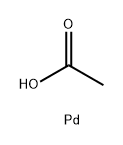
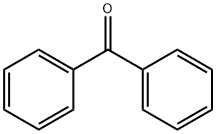

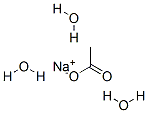


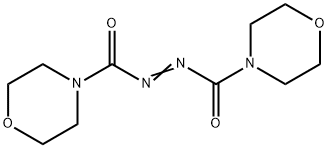
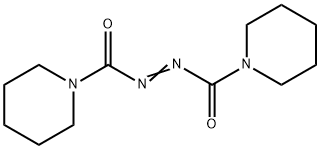
You may like
-
 2449-05-0 Dibenzyl Azodicarboxylate 99%View Details
2449-05-0 Dibenzyl Azodicarboxylate 99%View Details
2449-05-0 -
 DibenzylAzodicarboxylate 99%View Details
DibenzylAzodicarboxylate 99%View Details
2449-05-0 -
 Dibenzyl azodicarboxylate CAS 2449-05-0View Details
Dibenzyl azodicarboxylate CAS 2449-05-0View Details
2449-05-0 -
 Dibenzyl azodicarboxylate 96% CAS 2449-05-0View Details
Dibenzyl azodicarboxylate 96% CAS 2449-05-0View Details
2449-05-0 -
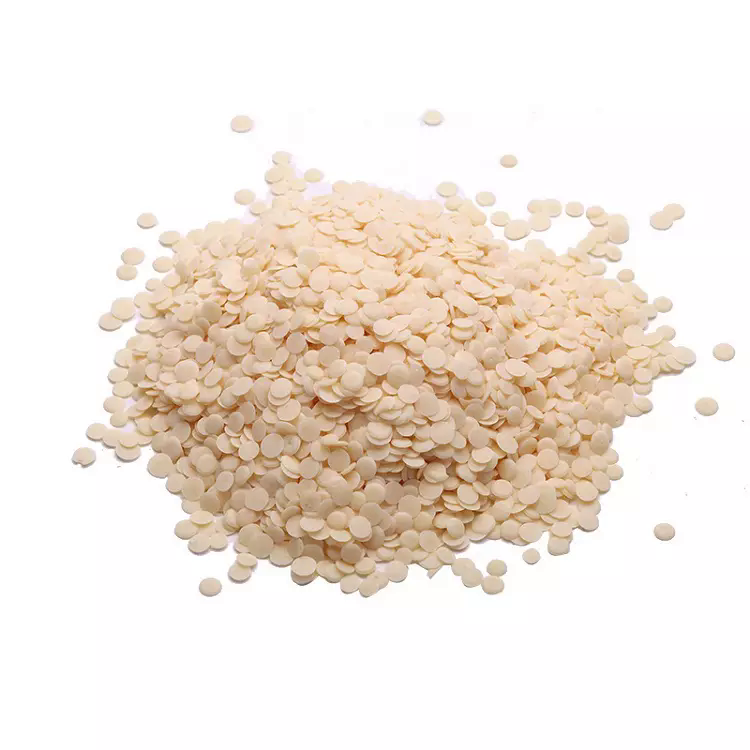 Azodicarboxylic acid dibenzyl ester 2449-05-0 98%View Details
Azodicarboxylic acid dibenzyl ester 2449-05-0 98%View Details
2449-05-0 -
 2449-05-0 Azodicarboxylic acid dibenzyl ester 99%View Details
2449-05-0 Azodicarboxylic acid dibenzyl ester 99%View Details
2449-05-0 -
 Dibenzyl azodicarboxylate 95.00% CAS 2449-05-0View Details
Dibenzyl azodicarboxylate 95.00% CAS 2449-05-0View Details
2449-05-0 -
 Dibenzyl azodicarboxylate CAS 2449-05-0View Details
Dibenzyl azodicarboxylate CAS 2449-05-0View Details
2449-05-0